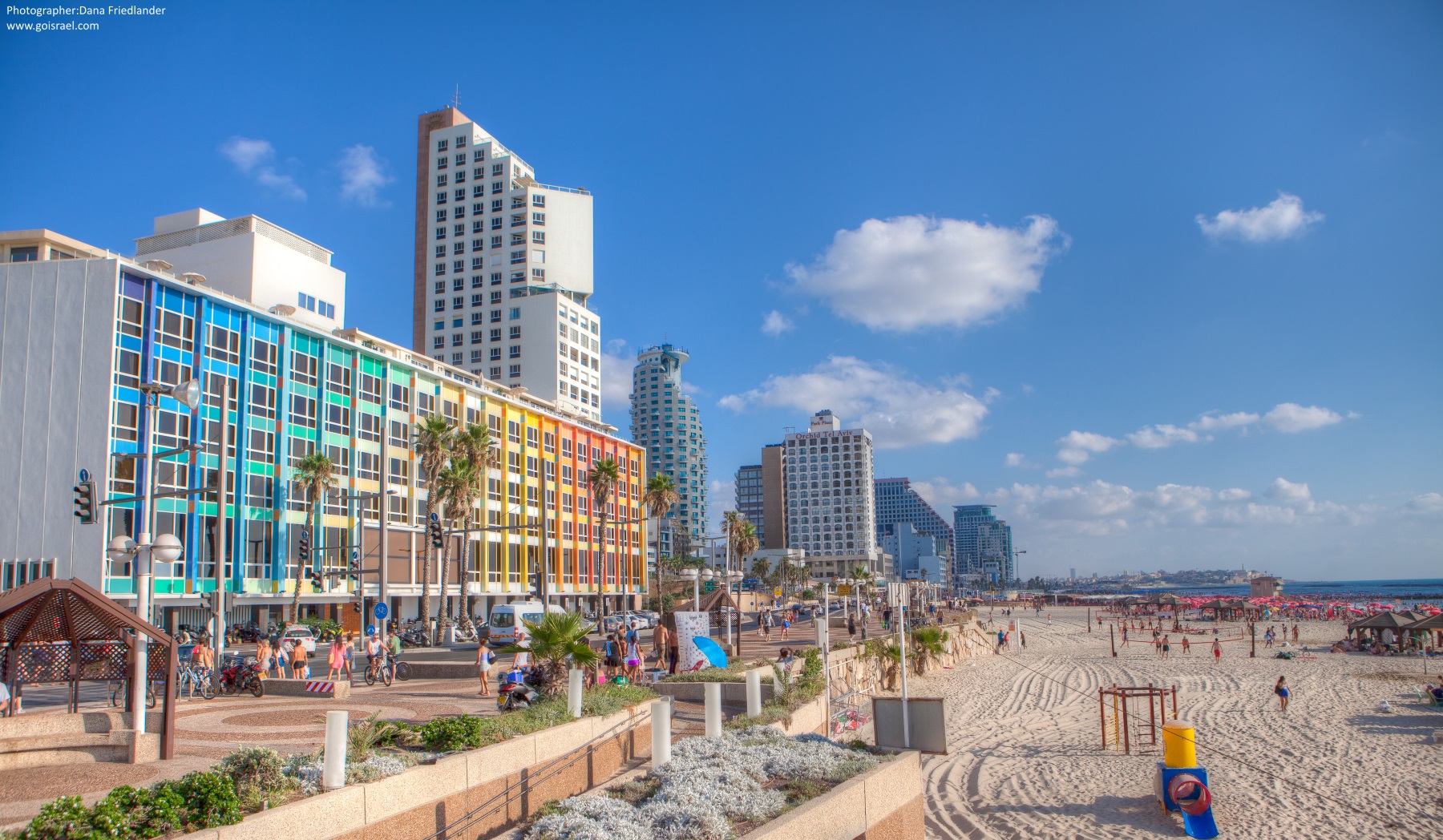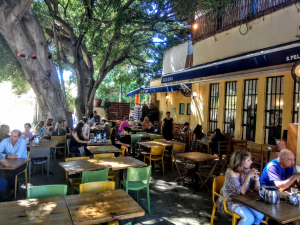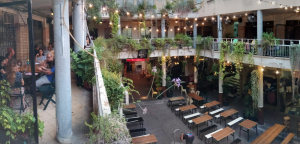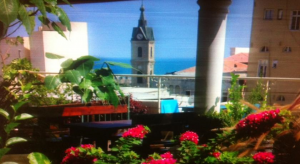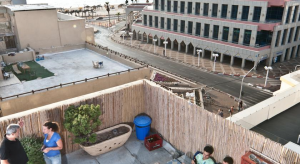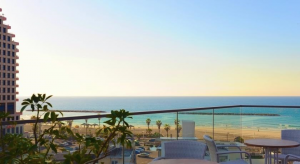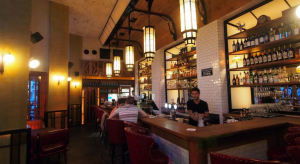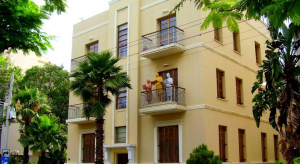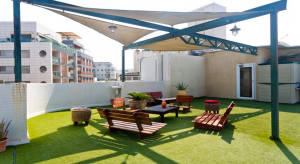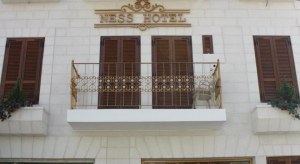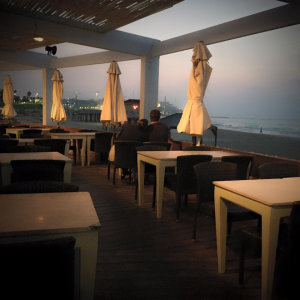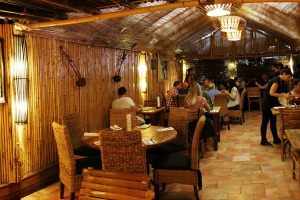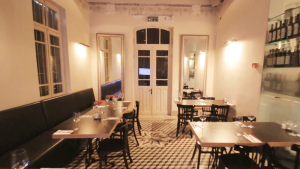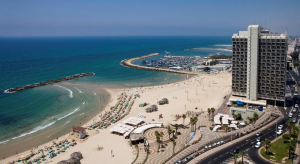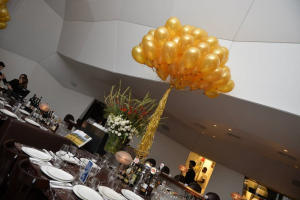By bicycle: Given Tel Aviv’s flat and coastal geography, mild weather, and a growing number of bicycle paths throughout the city – bicycle travel in Tel Aviv is an ideal way to get around. Several shops through out the city offer bicycle rental, and cheap Chinese made bicycles can be purchased for several hundred shekels on longer stays. A relatively new service, called Tel-O-Fun lets you rent a bike in Tel Aviv. Tel-O-Fun offers two thousand bikes for rent, at rental stations across the city, in a simple and convenient manner using a credit card.Tel-O-Fun An English language Google map of docking stations is available. Be sure to lock your bicycle at all times and don’t leave it outside at night, even proper locks get cut by electric cutters in under 15 seconds. A free location-based iPhone app (Telobike) shows stations and real-time information.
By bus: Tel Aviv has a modern, regular, cheap and widespread bus network run mostly by Dan . Bus services start at 05:00 and stop at midnight, though some of the lines stop earlier, so do check. There are night buses that run until 4:00 (Thursday and Saturday nights all year, and in addition Sunday to Wednesday nights during the summer). The app “Moovit” is of great help – displaying real time arrival time and a trip planner.
Single tickets within the city and the close suburbs (Bat Yam, Holon, Ramat Gan, Bney Brak, Givatayim, Petah Tikva, Kiryat Ono) cost ₪6.90. Rides to northern suburbs (Herzliya, Ramat Hasharon, Kfar Saba, Ra’anana) cost ₪10.90. A daily pass called “Hofshi-Yomi” is also available, and cost less than the price of three rides. Note that this ticket is only valid from 9:00. There is also the new Rav-Kav chip card (free signup at Central bus or train station required) whose “e-wallet” can be charged up by paying a lump sum of your choice on buses, and resulting in a 20% discount on each ride. Free transfers within 90 minutes are available when paying with the chip card. Monthly tickets are also available and offer cost savings per ride. People visiting the city for longer periods would find the Hofshi-Hodshi (monthly travel card) the most economic transport ticket.
Tickets can be purchased either at the driver of any bus line, or at the New Central Bus Station. Exact change is not necessary, but a driver may refuse payment by notes of ₪100 or ₪200.
Suburban lines are operated by numerous companies. Multi-ride tickets are not exchangeable between companies, but the chip card e-wallet is common to several companies in greater Tel Aviv. The main companies are Dan, Egged, Metropoline and Kavim (by that order).
The most popular bus route in the city is bus route number 5, which connects the Central Bus Station (departure from 4th floor, westernmost platform) in the south with the Central Train Station. It goes through Rotschild Boulevards, Dizengof Street (Including the Dizengof Center Mall), Nordau Boulevard, Pinkas/Yehuda Maccabi Street and Weizman Street or Namir Road.
The number 4 bus is also convenient. It runs north from the Central Bus station through Allenby road and Ben Yehoda street.
Another popular bus route is number 18, connecting the Central Train Station with the southern neighbourhoods of Jaffa and Bat-Yam. It also has a stop at Rabin Square. Other than these lines, Tel Aviv has more than 400 Intra-city lines. Many buses start/finish their ride at the CBS or the 2000 terminal (“Arlozorov terminal”). Most buses are suburban buses and drive to adjacent cities where they finish their ride. Other important terminals are Reading terminal, Carmelit terminal and to a lesser extent Atidim terminal, Ezorei-Hen terminal, University train station terminal and Kiryat Hinukh Terminal.
Like most Israelis, the bus drivers in Tel Aviv speak and understand some English, and in some cases will kindly answer questions about the destination of their bus and let you know when to get off. Unfortunately, others are much less willing to help, offering responses so curt as to be misleading. In these cases, it is recommended to ask for help from a friendly-looking fellow passenger.
Do not forget the Sherut Taxis. These minibuses run about the same route as nr. 5 and 4 buses. They cost about the same as the bus, and they run on Shabbat too. You pay when you have found your seat, by passing the fare to the man next to you whom will pass it along to the driver. Neat! if you sit up front be prepared to pass money to the driver and the change back to the passenger. They run along Namir road to the CBS too.
By taxi: You can hail a taxi (“mo-NIT”, מונית) in the street or call one (with extra surcharge). Taxis are obliged to give you a metered ride unless you settle for a price, so insist that the driver use the meter (“mo-NEH” in Hebrew, pronounced like the painter “Monet”), unless you are sure what the price to your destination should be. And no, the meter is never broken. A local ride without meter should be ₪20-30 in the downtown core, and up to 50 or 60 to the immediate suburbs. If you go for a price fixed in advance, haggle with your driver a bit, you can generally knock a few shekels off the price. Cutting a deal in advance is especially recommended on Friday night and Saturday, when there is a surcharge. Plus, if you get stuck in Tel Aviv’s notorious traffic, you won’t sit there watching your money tick away. Hakastel taxi service, phone +972-3-6993322, Palatine +972-3-5171750 or Shekem +972-3-5270404 (add ₪3.30 charge for the call).
In addition to normal (called “special”) taxis, there are 6-12 person van-sized taxis that supplement some bus routes (“sheh-ROOT”). This alternative is often faster, slightly cheaper, and more frequent than taking a bus, and they operate 7 days a week. If requested, the driver will stop outside the designated bus stops. Such service is available on bus routes no. 4, 5 (but note that these taxis don’t reach the train station), 16, 51 and 66.




